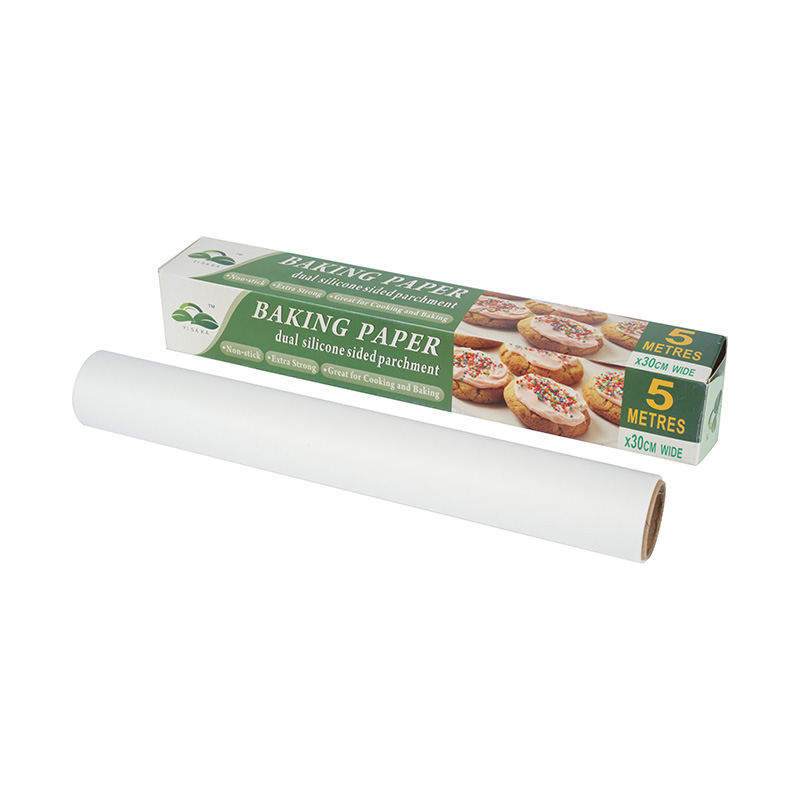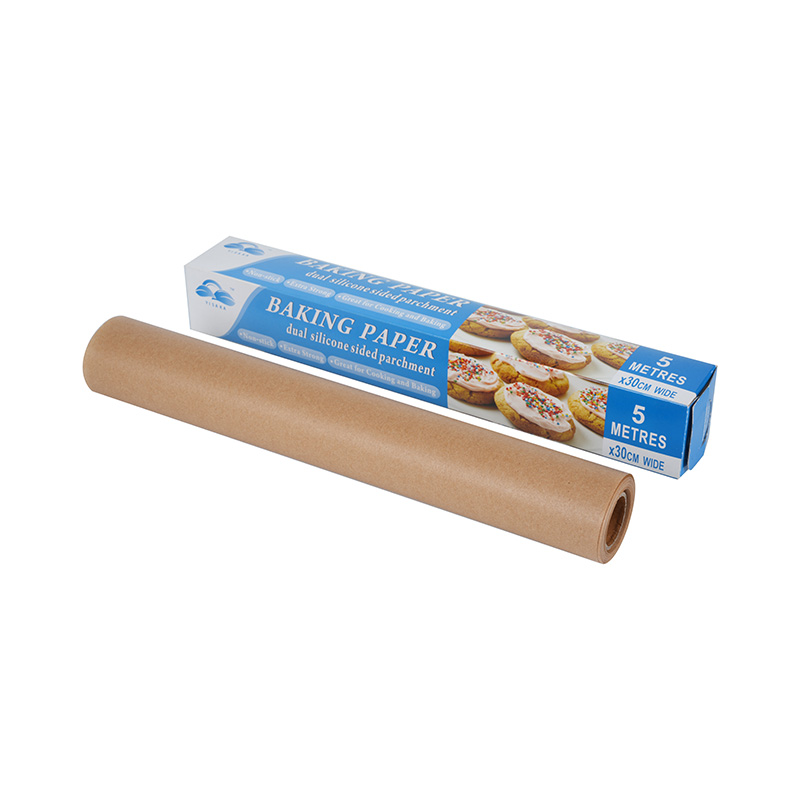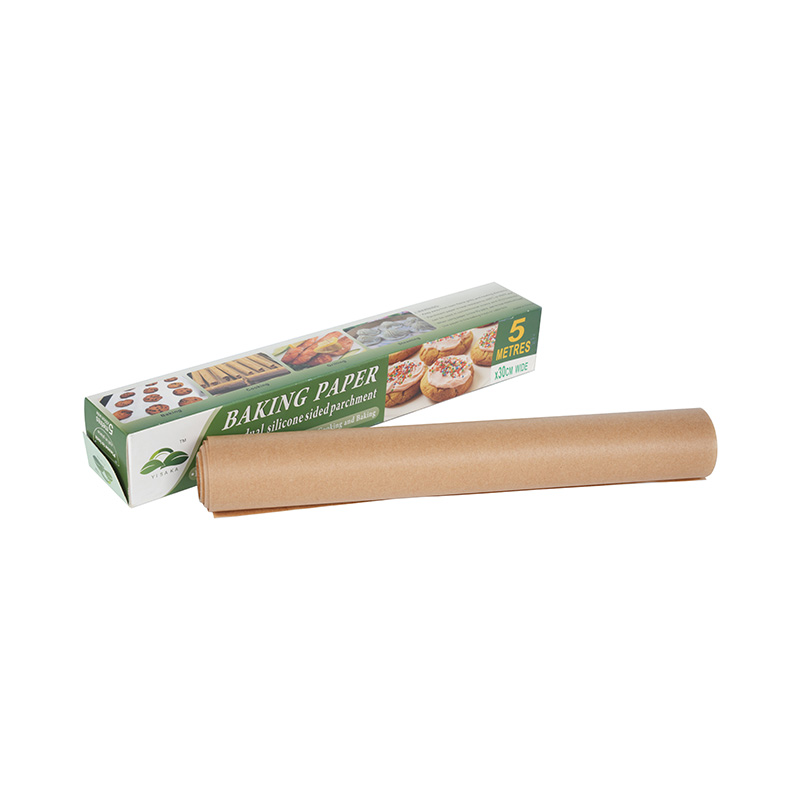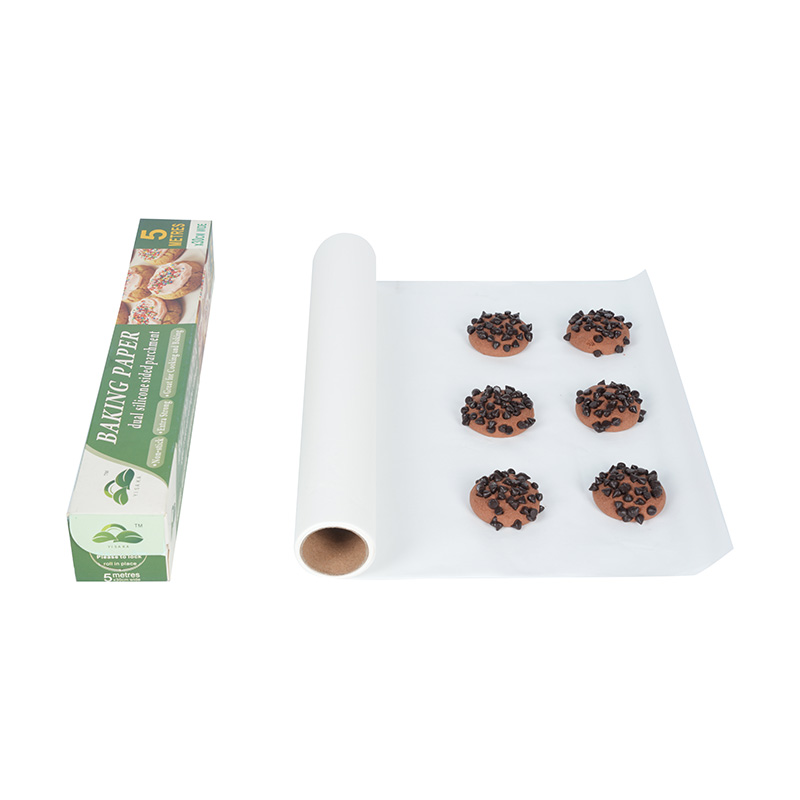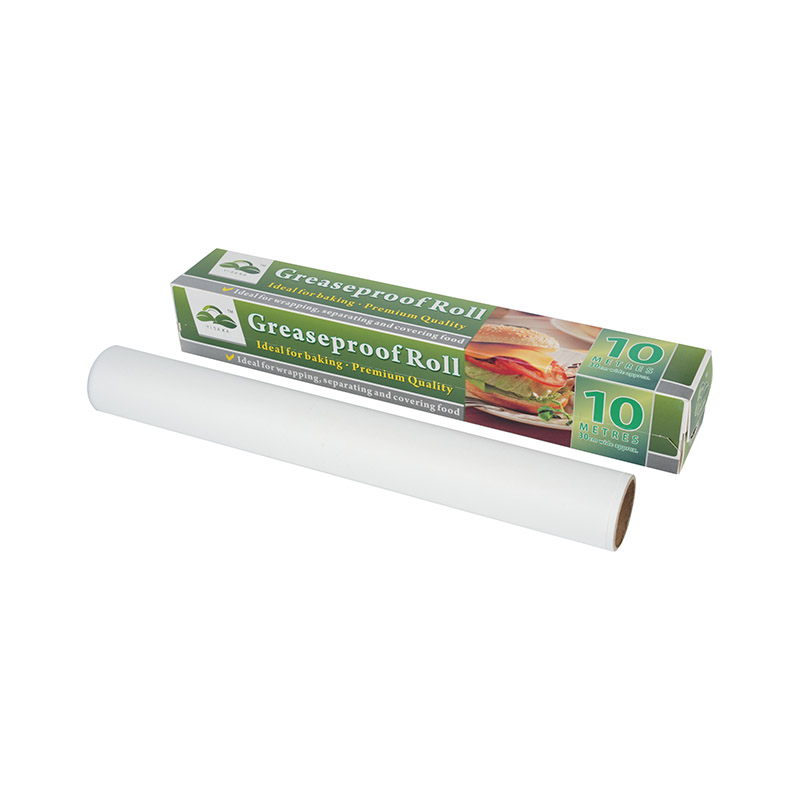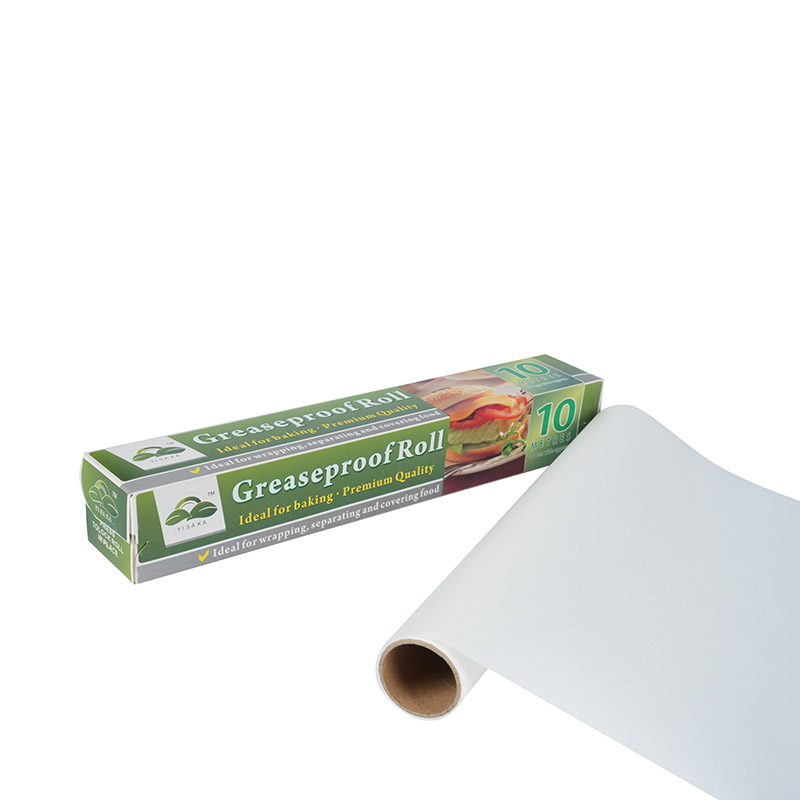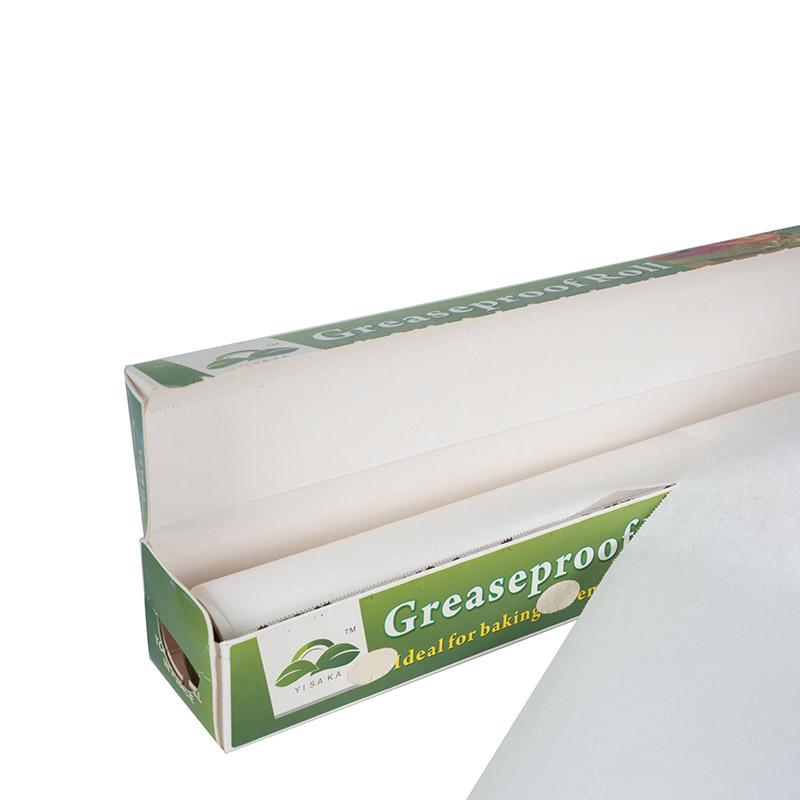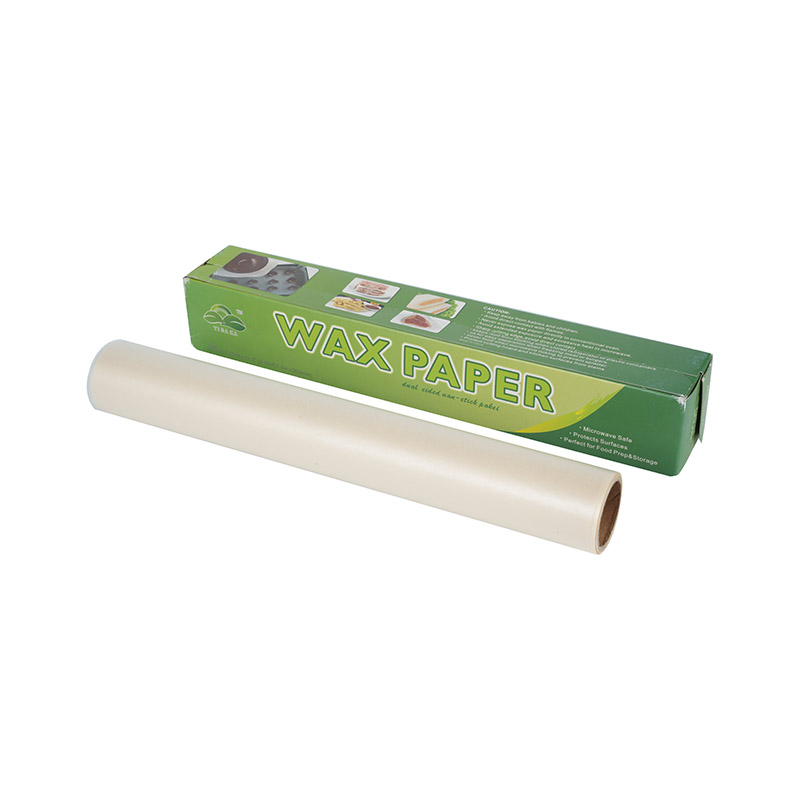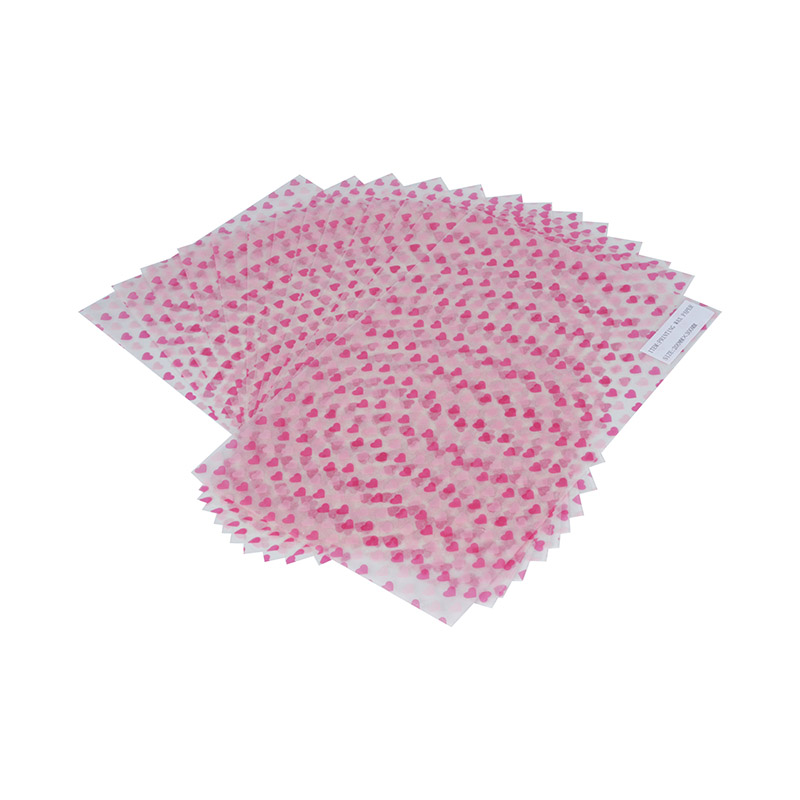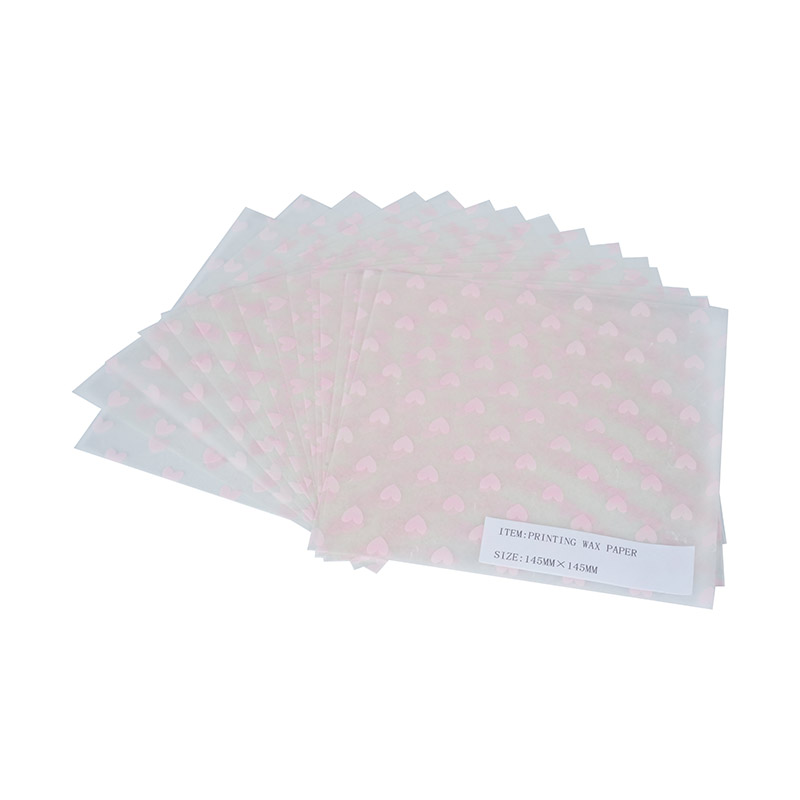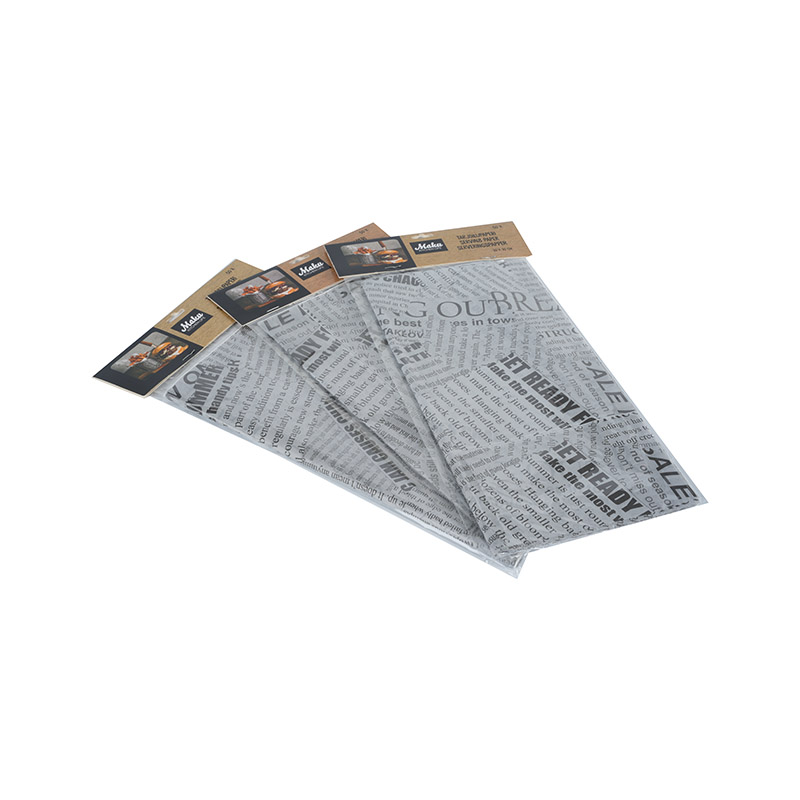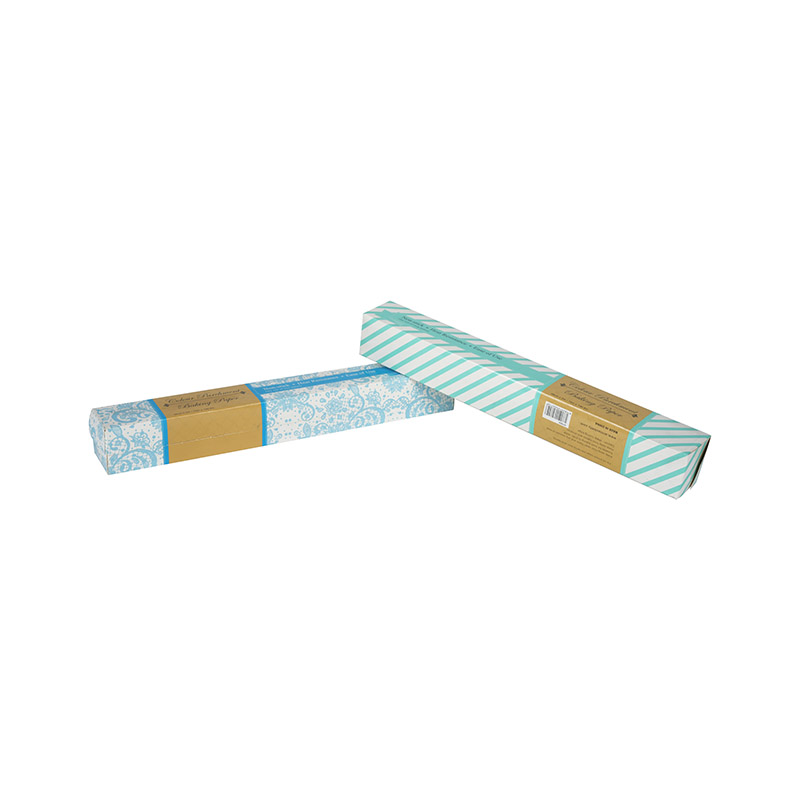The hamburger, a culinary staple enjoyed by people around the globe, owes its appeal to more than just its juicy patty, fresh vegetables, and soft bun. An often-overlooked yet crucial element is the paper that wraps it—hamburger wrapping paper. This seemingly simple packaging is, in fact, a blend of science and art, combining aesthetics, functionality, and sustainability.
Function First: More Than Just a Wrapper
The primary function of hamburger wrapping paper is practical. It must be effectively grease-resistant and water-resistant. Imagine the mess of a hamburger full of juices and sauces without proper wrapping—it would be a disaster. The right paper ensures that customers' hands and clothes stay clean while keeping the hamburger intact.
Beyond grease and water resistance, it also serves to insulate the burger. When a hamburger is taken off the grill and wrapped, the paper locks in heat, allowing customers to still enjoy its warmth. It also prevents the burger from falling apart during transport, ensuring its structural integrity. For these reasons, you might also call it a hamburger liner or sandwich wrapping paper.
A Choice of Materials: From Traditional to Eco-Friendly
The materials for hamburger wrapping paper are diverse, each with its unique advantages:
-
Kraft paper: This is a common choice because it's strong, durable, and has some natural grease resistance. Its earthy brown color gives it a rustic, eco-friendly feel, which is popular with many fast-food outlets and food trucks.
-
Wax paper: Wax paper is coated with a food-grade paraffin wax, giving it excellent grease and moisture resistance. It's often used for burgers that require better protection, especially those with a lot of sauce.
-
Food-grade parchment paper: This paper is typically siliconized, giving it great non-stick and heat-resistant properties. It can be used not only to wrap burgers but also for baking or as a pan liner.
-
Aluminum foil: While not often used alone, it's sometimes combined with paper to provide superior insulation. It can reflect heat back onto the burger, making it ideal for takeout or situations where the burger needs to stay hot for an extended period.
As environmental awareness grows, more brands are opting for biodegradable and compostable hamburger wrapping paper. These eco-friendly materials reduce environmental impact and align with modern consumer values.
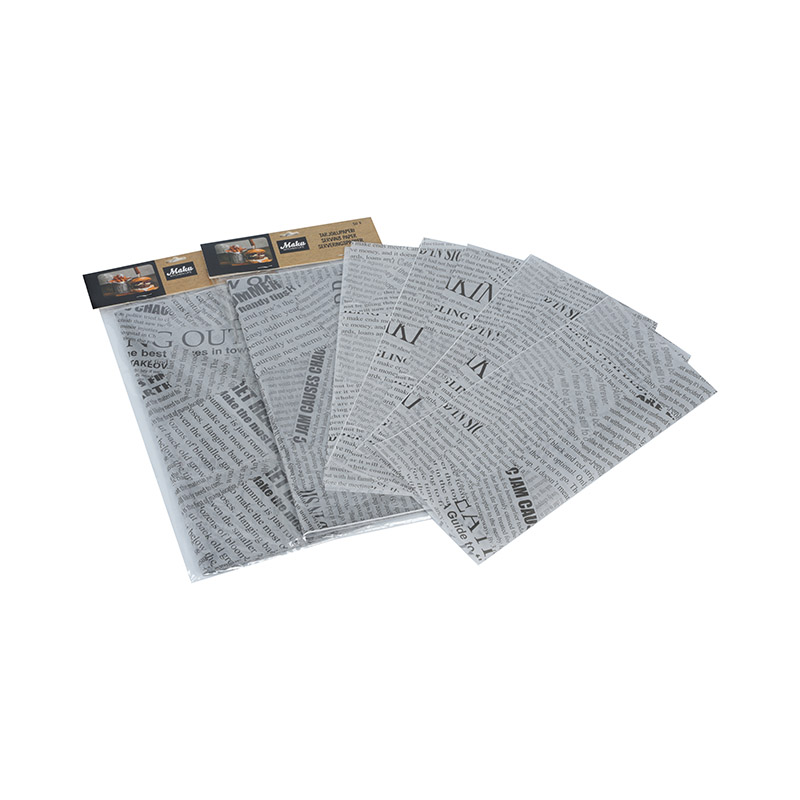
Aesthetic Appeal: An Extension of Brand and Experience
Hamburger wrapping paper is more than just a functional tool; it's a vehicle for brand identity. Many restaurants and fast-food chains print their logos, patterns, or witty slogans on the paper. This custom design not only increases brand recognition but also enhances the customer's dining experience.
A well-designed hamburger wrapping paper can bring a sense of delight the moment the customer unwraps their food. It's like a small gift for the food lover, adding a touch of ritual to the entire meal. For this reason, it's also referred to as burger paper or food wrapping paper.
From its functionality to its aesthetics, hamburger wrapping paper plays an indispensable role. It protects the food, elevates the experience, and shows a brand's attention to detail. The next time you enjoy a delicious hamburger, take a moment to appreciate the hamburger wrapping paper—you'll find it's a testament to both art and craftsmanship.


 English
English русский
русский